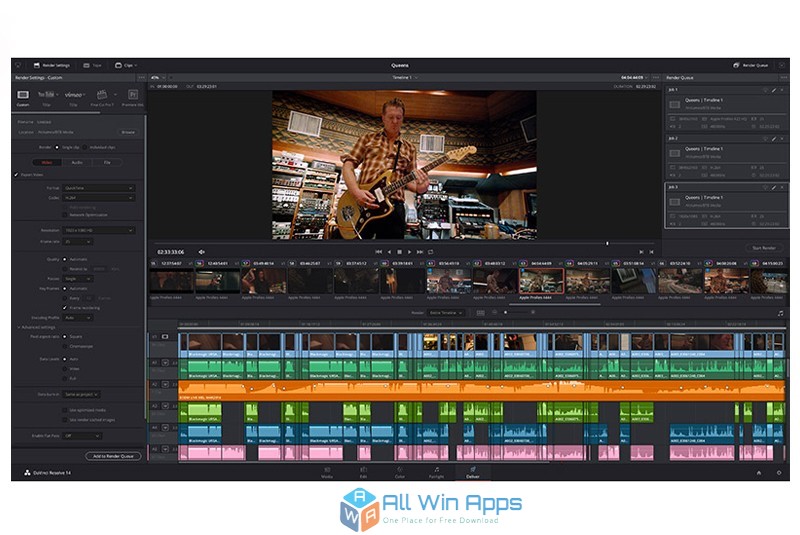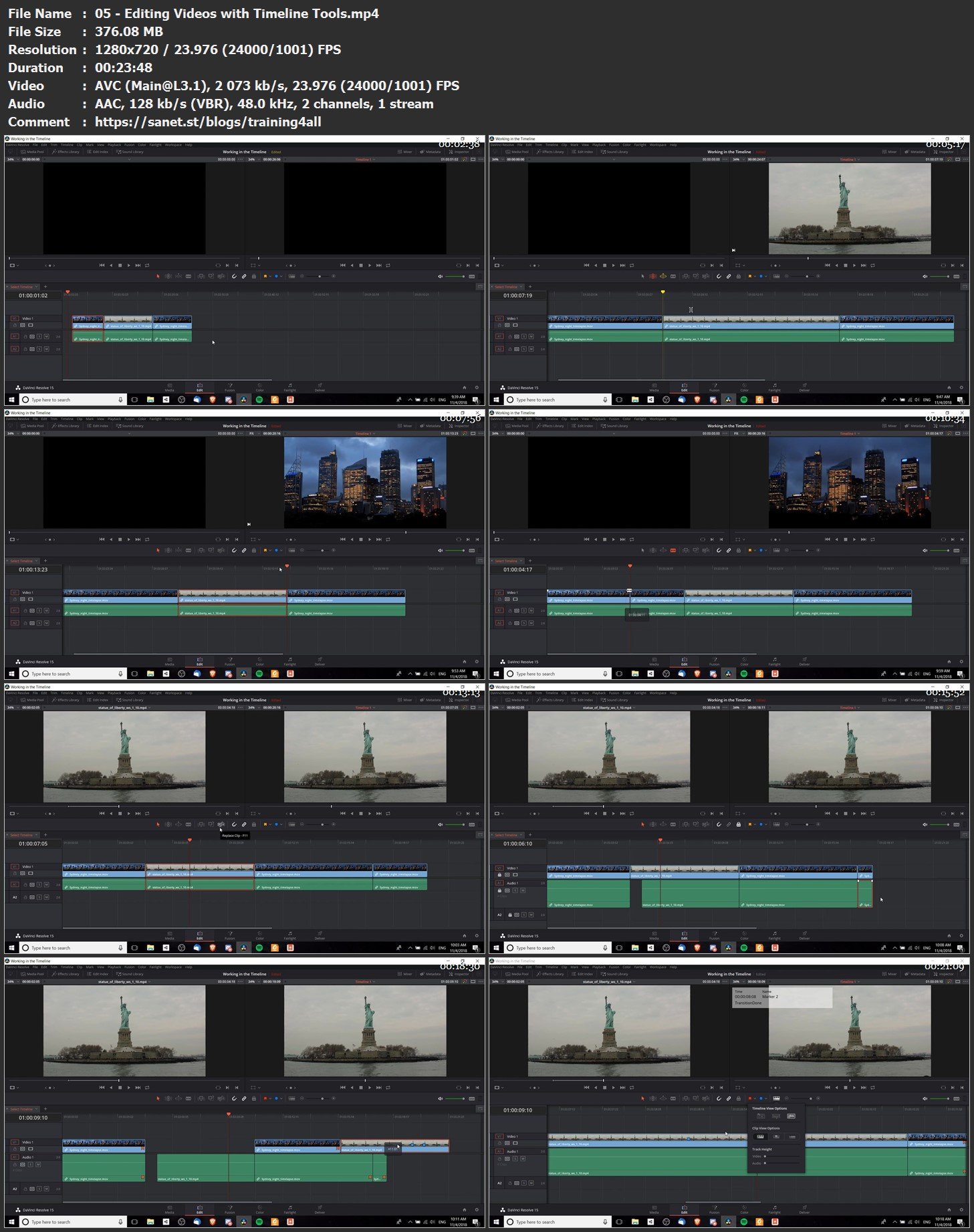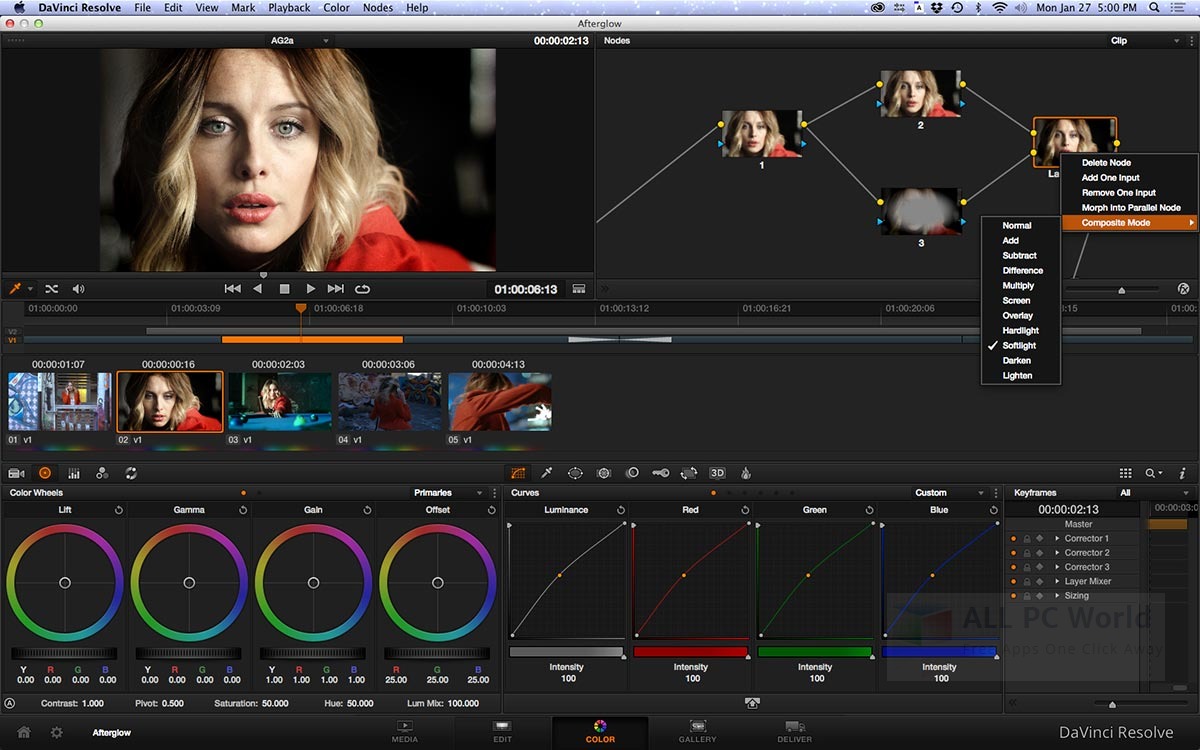

However, one article can’t cover all the endless possibilities and workflows of DaVinci. Otherwise you don’t need any special knowledge to process photos since, in fact, it’s just a particular case of video processing. We assume that if you are reading this article, it is likely that you are not yet familiar with DaVinci Resolve.

There are also other limitations out of photo processing context. While DaVinci accepts photos of any size, timeline and output file dimensions are limited to a maximum of Ultra HD 4K (3840 x 2160 px) in the free version.

Therefore, with all its benefits there are some drawbacks: limited RAW support, no conventional crop tools and inconvenient workflow with vertical photos. However, DaVinci is a video grading software, not a dedicated photo editor. Don’t forget about floating point processing that produces technically better results. Just look at color wheels, variety of properly working curves, waveforms, bunch of color transformation tools, extended node trees instead of simple and linear layer sets. We’ll try to give you a hand with that.ĭaVinci Resolve is a far more sophisticated color grading toolset compared to Adobe Photoshop or Lightroom. At least it broadens the horizons and helps them to borrow the same powerful, high-quality and comprehensible tools and approaches. Therefore, photographers often tend to peek at professional colorists, and it’s quite understandable. It is also well known that production has evolved considerably further in comparison with photography – both technically and aesthetically. DaVinci Resolve is not just a video editing software but one of the best color grading solutions at the moment and, moreover, one of the commonly accepted standards in the whole industry.


 0 kommentar(er)
0 kommentar(er)
